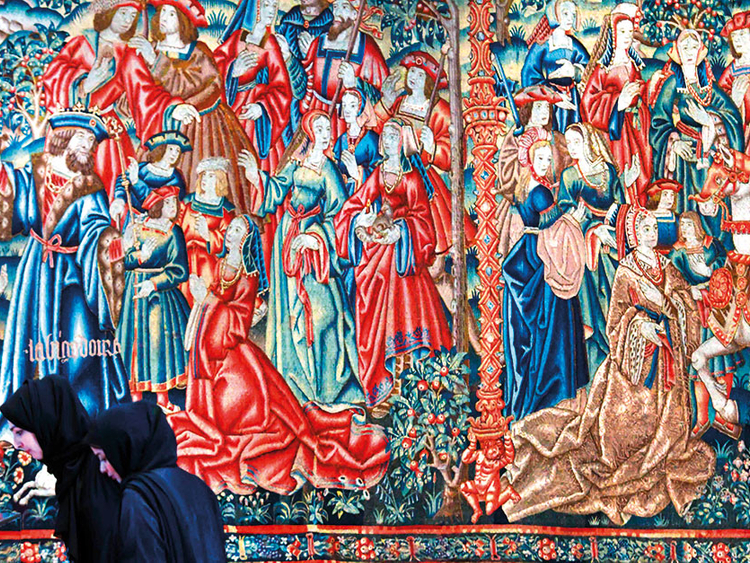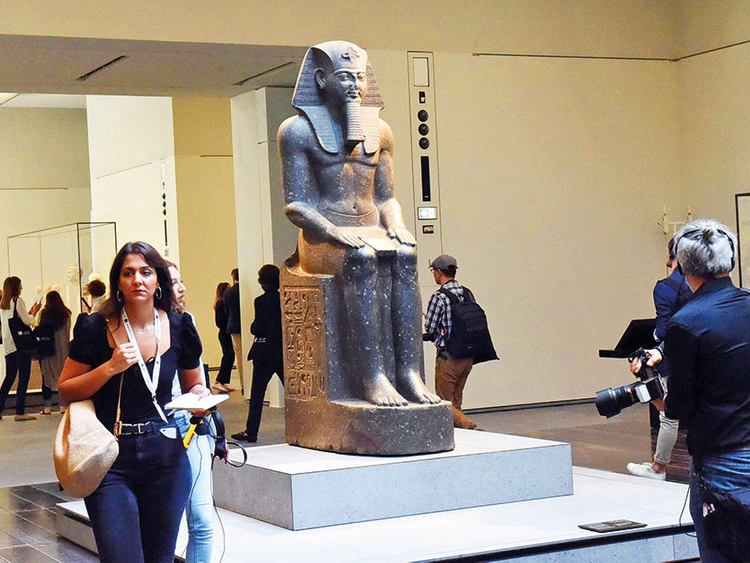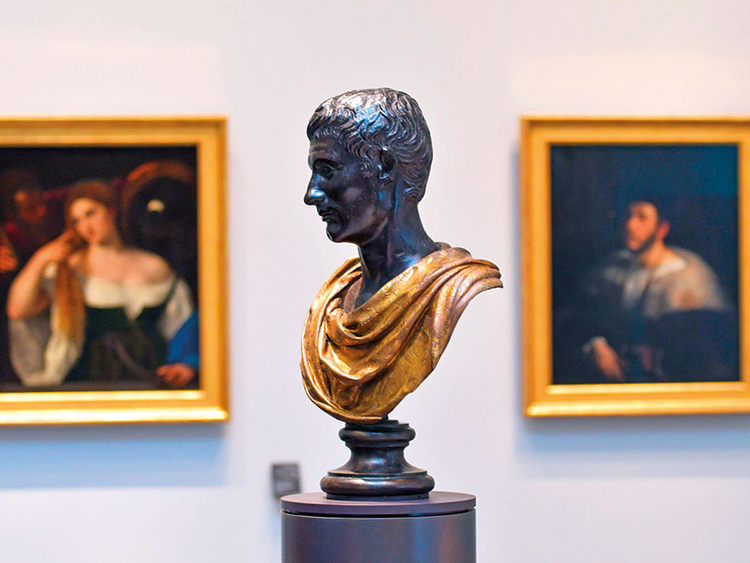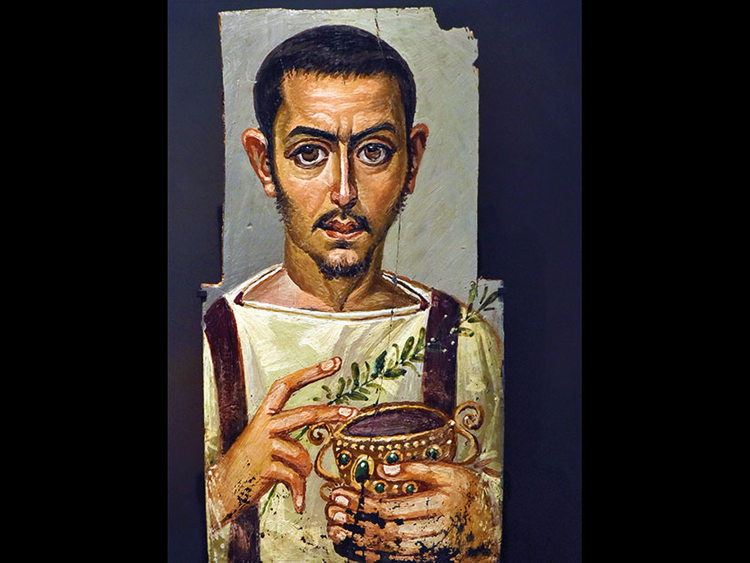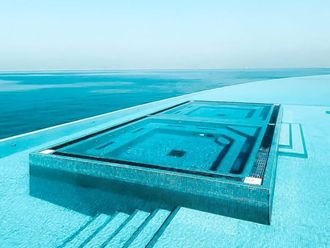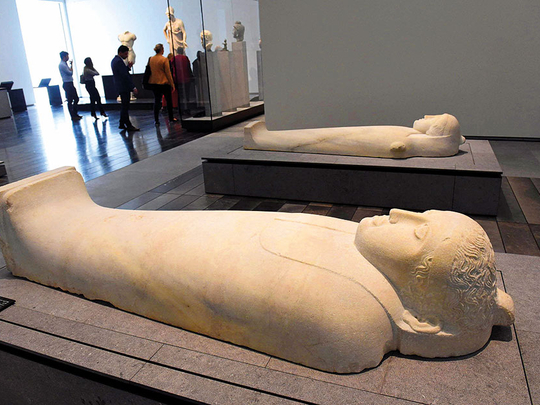
Abu Dhabi: It may house renowned pieces within its premises, but the Louvre Abu Dhabi’s structure is a work of art in its own right.
“It has been built by a genius, and when I walk into it, I feel as if I am back in a palm frond-topped traditional dwelling in an Al Ain oasis,” declared Mohammad Al Mubarak, chairman of the Abu Dhabi Department of Culture and Tourism.
He was referring to the building created by Jean Nouvel, a French architect who has previously been awarded the Pritzker Prize. The prize is a top recognition in the field of architecture, and Nouvel’s structure for the Louvre Abu Dhabi is emblematic of his skill.
“I am a contextual artist,” Nouvel announced to a room full of journalists on Tuesday, adding that he wanted the Louvre Abu Dhabi to be rooted in UAE culture.
He therefore decided to use symbols of Arab culture in his design, including an old walled town with narrow streets. To that end, the 55 connected buildings of the Louvre Abu Dhabi are separated by corridors, with the sea waters of the Arabian Gulf flooding into its outer sections. In this way, he also merged the available elements of sun, sand and sea, while creating a micro-climate in the museum and reducing its energy consumption.
The dome, another symbol of Arabic culture, has also been incorporated, albeit in a modern interpretation that allows light to penetrate through eight layers to create what Nouvel calls a ‘rain of light’ in the interiors.
“A [180-metre] double dome offers horizontal, perfectly radiating geometry, a randomly perforated woven material, providing shade punctuated by bursts of sun. It gleams in the sunshine. And at night, this protected landscape [of the museum] is an oasis of light under a starry dome,” Nouvel explained.
He added that the Louvre Abu Dhabi wishes to create a welcoming world serenely combining light and shadow, reflection and calm.
“It wishes to belong to a country, to its history, to its geography without becoming a flat translation. It also aims at emphasising the fascination generated by rare encounters,” the 72-year-old architect said.
After two years of construction, the Louvre Abu Dhabi now consists of 97,000 square metres of built-up area, including 8,600 square metres of galleries. Its art galleries, restaurant, café and modular furniture have also developed.
“Louvre Abu Dhabi becomes the final destination of an urban promenade, a garden on the coast, a cool haven, a shelter of light during the day and evening, its aesthetic consistent with its role as a sanctuary for the most precious works of art,” Nouvel said.


